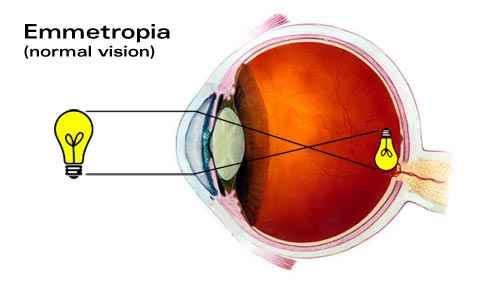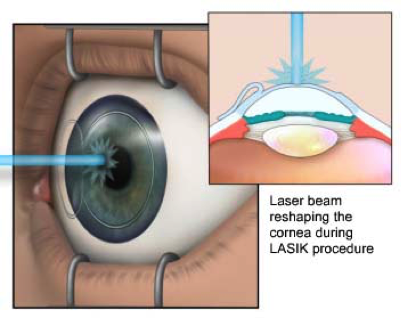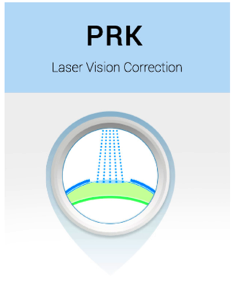REFRACTIVE SUITE
Refractive lens exchange, also called lens replacement surgery or clear lens extraction, which covers the patients surface of the eye or inside the eye.
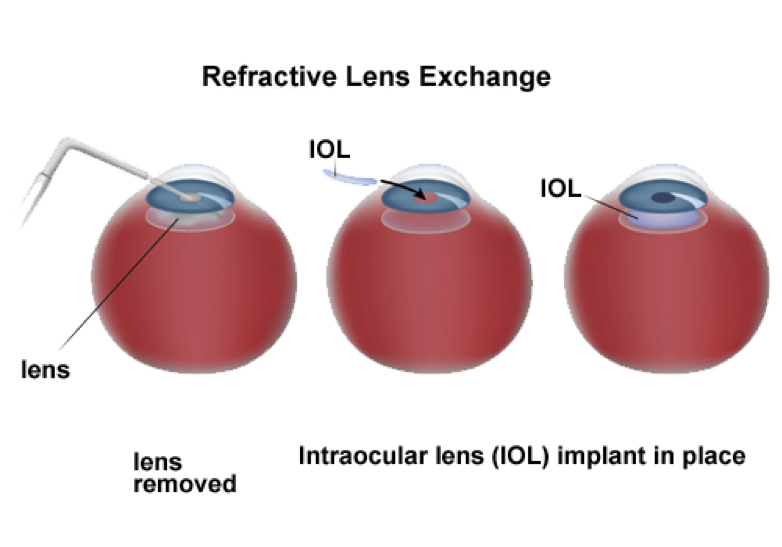
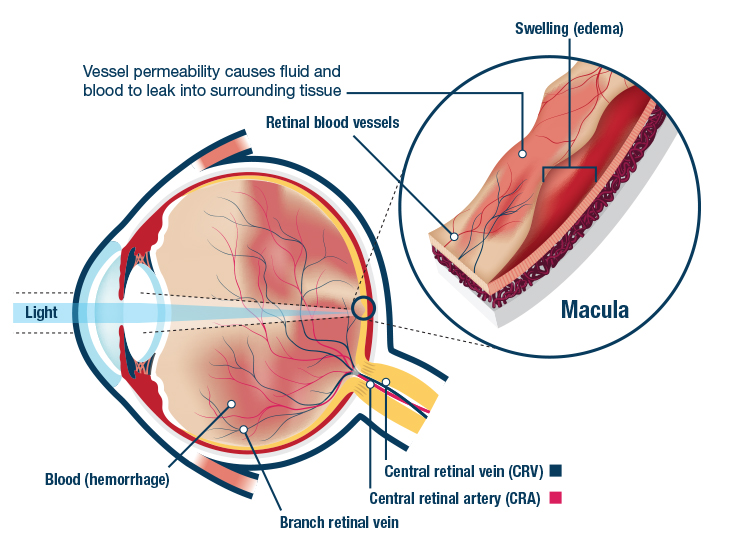
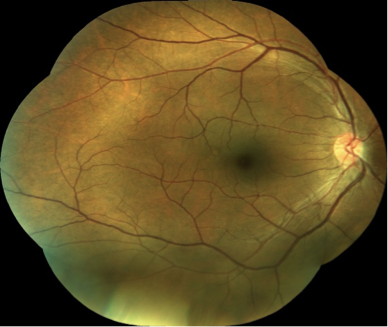
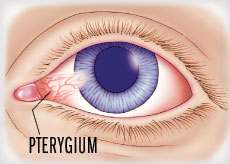
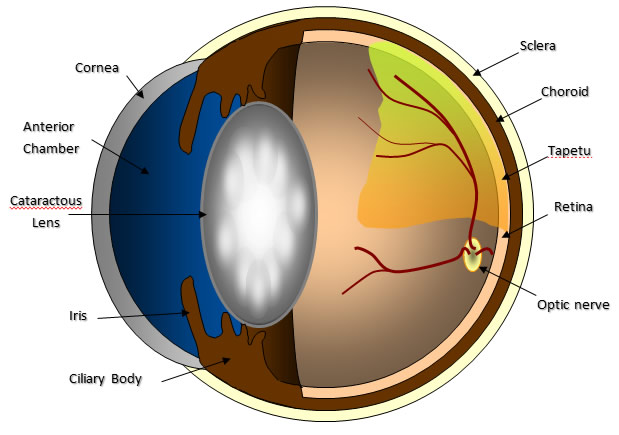
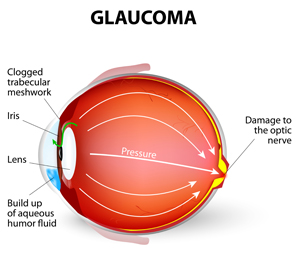
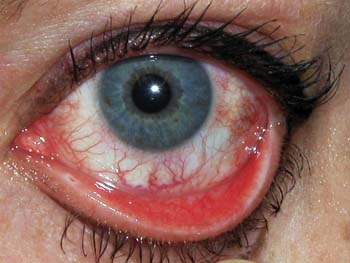

Myopia
Myopia or nearsightedness is a refractive condition that causes blurred vision when looking far away (distance). The condition is very common, affecting approximately 30 percent of the total worlds population. The condition usually develops in childhood and gradually progress throughout adolescence. Myopia is easily diagnosed with a comprehensive eye exam and corrected with various treatments, including glasses, contact lenses or refractive surgery.
Hyperopia
Hyperopia or farsightedness is a refractive condition that causes blurred vision when looking at objects up close and some times far away depending on the degree of hyperopia. Approximately 1 in 2 people have some degree of hyperopia, which may also cause headaches and eyestrain. Hyperopia usually develops in childhood. The condition is easily diagnosed during a comprehensive eye exam and treated with glasses or contacts.
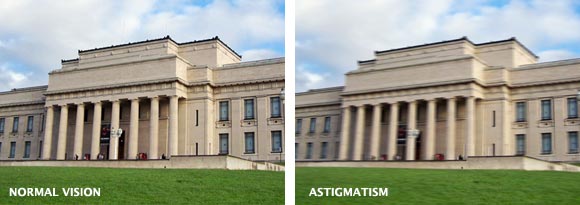
Astigmatism
Astigmatism occurs when cornea is irregularly shaped or become of curvature of the eye’s natural lens. There can be varying degrees of astigmatism, which often occurs in people with other vision impairments, such as myopia and hyperopia. Astigmatism is very common, causing blurry or distorted vision, as well as the potential for headaches or eye strain. Our eye doctors can diagnose astigmatism during a standard eye exam and prescribe treatment, such as glasses or contact lens.Amblyopia
Amblyopia is a condition in which vision is reduced in one eye and is not correctable with lens. Also known as ‘lazy eye’, this condition only develops without any eye disease and may cause vision loss and other conditions, such as crossed eyes. Usually, a child will develop amblyopia before age 6, though it may appear much sooner than that. Your eye doctor can diagnose amblyopia during a comprehensive eye exam. A child with ‘lazy eye’ will need to wear prescription lenses and may need vision therapy to help treat the condition.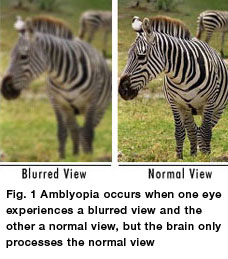

Presbyopia
Presbyopia is a vision condition in which the eye is no longer capable of focusing correctly on close objects. It is age-related and occurs in all people – usually sometime after age 40. Presbyopia is a not a disease, though it can make reading and viewing objects up close much more difficult. A comprehensive eye exam can evaluate visual acuity and diagnose presbyopia. Often, patients only require speak english confidently and reading glasses to manage the problem, though prescription bifocals, trifocals or contact lenses may be necessary for some people.Emmetropia
Emmetropia is the term used to describe an eye with normal vision strength, curvature and eyeball length. People with emmetropia require no corrective lenses, as images come into clear, natural focus on the retina